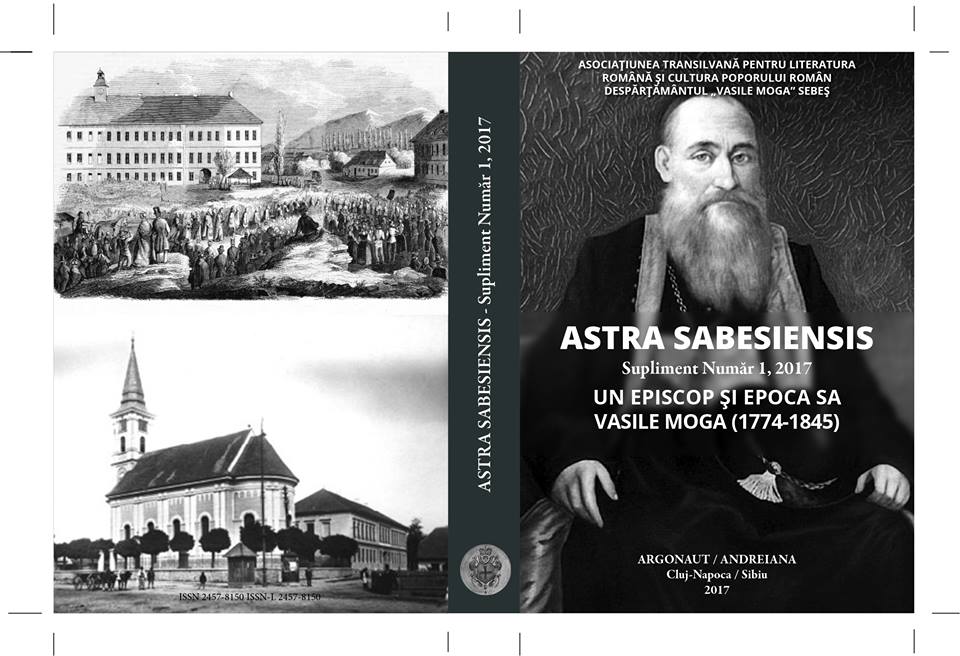PICTORI MURALIŞTI ŞI ICONARI, ÎN BISERICILE DIN PĂRŢILE SIBIULUI, DIN VREMEA PĂSTORIRII EPISCOPULUI VASILE MOGA
Mural Painters and Image Artists in the Churches from Sibiu during the Pastorate of Bishop Vasile Moga
Author(s): Ioan Ovidiu AbrudanSubject(s): History
Published by: Asociaţiunea Transilvană pentru Literatura Română şi Cultura Poporului Român - ASTRA
Keywords: Transylvania; Vasile Moga; church; painters; artists;
Summary/Abstract: The bishop Vasile Moga’s archpastorate in Transylvania has had for the Romanians the significance of a propitious period under the aspect of the ecclesiastical art. The fact that an hierarch from their branchhas managed to establish his residence at Sibiu after more than a century since the interruption of the sequence of the Romanian Orthodox bishops in Transylvania has been a motive of hope and faith. The impact of this impulse has been felt early in the sphere of the ecclesiastical architecture where the Transylvanian Romanians’ desire of spiritual and material emancipation has been better manifested. The Orthodox parish churches, built in this period due to the material sacrifice of the clergy and of the faithful, have gained the monumental dimension of worship edifices which have been the reason in which the other confessions have been taking pride. This has represented a victory, especially that since the disappearance in 1714 of the ruler Constantin Brâncoveanu, the last great protector of the Orthodox Transylvanians, the founding initiative has remained entirely in the responsibility of the parish communities. In spite of this, during the entire 18th century and even at the beginning of the 19th century, the Romanian art from the inner of the Carpathian arch has been nourished by the spirit of the voivodal foundations from the southern Transylvania. But the post-Brâncoveanu artistic current has broken ground in the Transylvanian parts especially due to the activity of the peregrin artists coming from Olt or Munthenia and to a lesser extent due to the works of the native-born painters who have acquired the image paint craft both above the Carpathians, in the tool houses functioning around the monasteries from Hurezi, Curtea de Argeş or Cozia and also as apprentices in the local artistic centers from Răşinari and Săliştea Sibiului. In their last works, in particular in those belonging to the generations of painters from Vasile Moga’s period, the literate ecclesiastical art has met the popular creating spirit, moving to ways of expression defining a new sensibility, closer to the emotions of those to whom these creations have been addressed to, the Romanian peasants from the southern Transylvanian villages.
Journal: Astra Sabesiensis
- Issue Year: III/2017
- Issue No: Special
- Page Range: 585-627
- Page Count: 43
- Language: Romanian
- Content File-PDF

